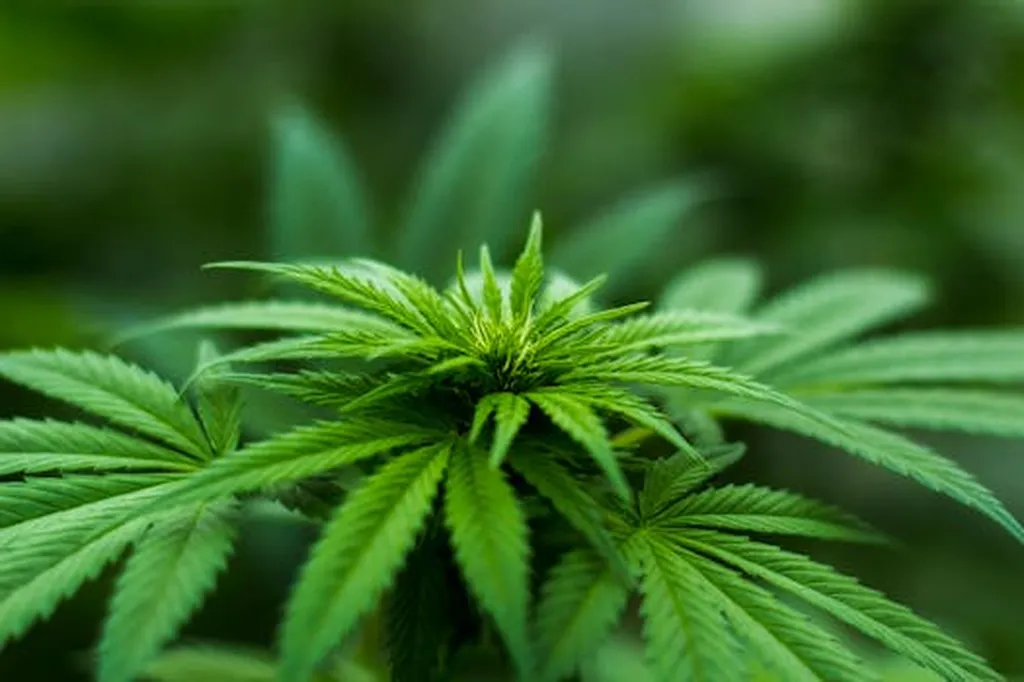In the ever-evolving landscape of biosensing technology, a new frontier is emerging that could revolutionize both medical diagnostics and agricultural monitoring. Researchers, led by Kazim Haider from the Department of Biomedical Engineering at the University of Calgary, have been exploring the potential of microneedle-based biosensors, a technology that promises to deliver significant advancements in various fields. Their findings, published in the journal ‘Micromachines’ (which translates to ‘Micromachines’ in English), shed light on the latest developments and future possibilities of this innovative technology.
Microneedles, tiny structures that penetrate the skin or plant tissue to collect and analyze interstitial fluid (ISF), have been gaining traction in the biomedical field. These minuscule sensors offer a minimally invasive way to monitor glucose levels continuously, a breakthrough for diabetes management. But their potential doesn’t stop there. As Haider explains, “Microneedle-based biosensors are increasingly being explored for multiplexed biomarker detection beyond glucose. We’re seeing fully integrated systems comprising microneedle arrays alongside miniaturized wearable electronics.”
The agricultural sector is also ripe for disruption. Microneedle biosensors are being developed to detect plant growth markers, hormones, and nutrient levels, enabling farmers to make data-driven decisions. This could lead to more efficient crop management, reduced resource waste, and ultimately, increased yields. The technology’s ability to provide real-time, in situ monitoring could be a game-changer for precision agriculture.
However, the path to widespread adoption isn’t without challenges. Biofouling, electrode degradation, and optimizing electrode longevity for long-term monitoring are hurdles that researchers are actively working to overcome. Moreover, there’s a need for standardized testing protocols and guidelines to ensure consistent performance metrics.
Despite these challenges, the future of microneedle biosensors is bright. As Haider notes, “There are key opportunities for future research to address these persisting challenges.” The potential applications are vast, from personalized medicine to smart agriculture, and the commercial impacts could be substantial.
The research highlights the importance of interdisciplinary collaboration, bringing together experts from biomedical engineering, agriculture, and materials science. It’s a testament to the power of innovation and the potential of technology to transform industries.
As we look to the future, microneedle biosensors could play a pivotal role in shaping the next generation of diagnostic tools and agricultural technologies. With continued research and development, we may soon see these tiny sensors making a big impact on our lives.

